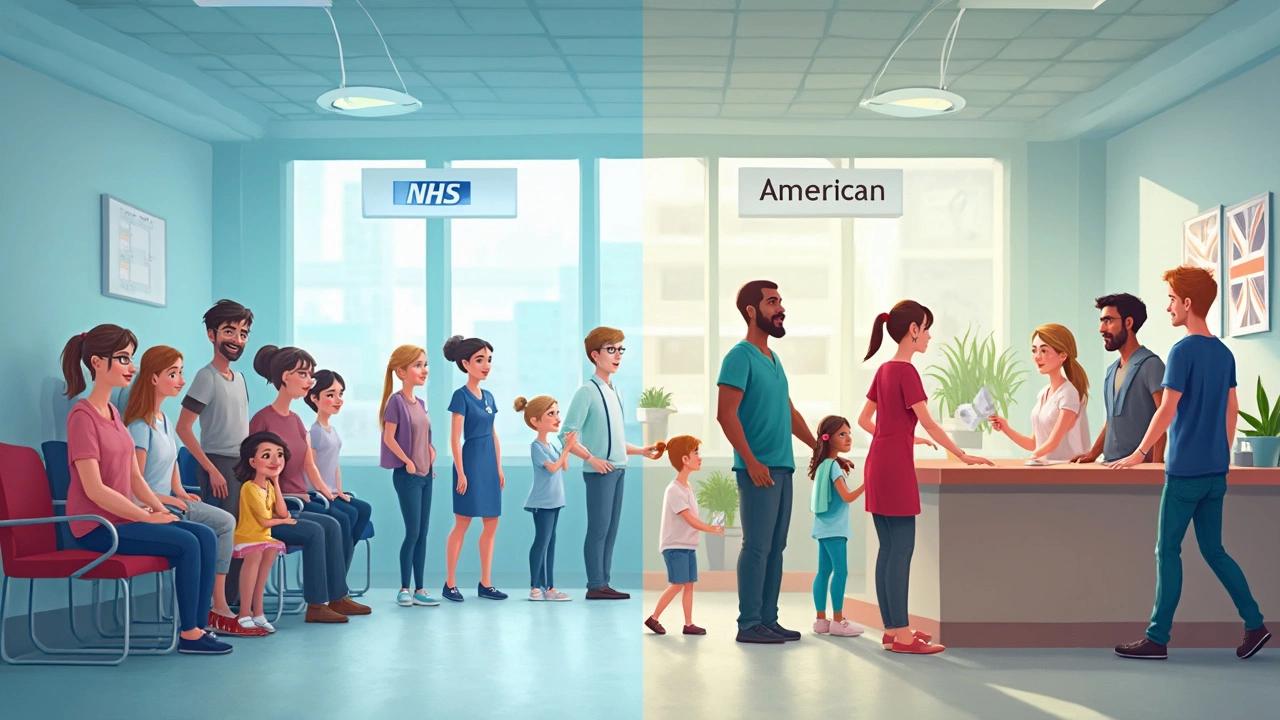US Healthcare System Overview – What You Need to Know
Ever wondered how the US health system actually works? It’s a mix of private insurers, government programs, and a huge network of hospitals. Below you’ll get the basics without the jargon, so you can see what’s out there and why it matters to you.
Private Insurance vs Public Options
Most Americans get coverage through private health insurance – either through an employer or by buying a plan on the marketplace. Private plans usually offer more choices of doctors, faster appointments, and sometimes lower out‑of‑pocket costs if you’re healthy. The downside? Premiums can be steep and the rules change every year.
On the public side, there are two big programs: Medicare for people 65+ (and some younger with disabilities) and Medicaid for low‑income families. Medicare is run by the federal government and covers hospital stays, doctor visits, and prescription drugs, but you still pay a part of the bill. Medicaid is a state‑run program that varies a lot from state to state – some cover almost everything, others have more limits.
If you’re between jobs or just can’t afford a plan, the Affordable Care Act (ACA) created a market where you can compare plans side by side. You’ll see “metal tiers” (Bronze, Silver, Gold, Platinum) that tell you how much of the cost the insurer will cover. Picking the right tier depends on your health needs and budget.
Hospital Ownership and Trauma Care
Not all US hospitals are the same. Roughly half are privately owned, many belong to large health systems like HCA or Ascension. The rest are non‑profit or government‑run (think VA hospitals or public city hospitals). Private ownership often means more investment in technology, but profit motives can affect pricing.
When it comes to emergency care, Level 1 trauma centers are the gold standard – they have 24/7 surgeons, specialists, and the equipment to handle the toughest injuries. States like Texas and California lead the nation in the number of Level 1 centers, giving residents faster access to top‑tier care. Knowing where the nearest trauma center is can be a lifesaver, especially if you live in a rural area.
Why does ownership matter? Private hospitals may have tighter networks, meaning you need to stick to certain doctors to stay in‑network. Non‑profit hospitals often have community outreach programs and may offer charity care. Government hospitals usually accept Medicaid and Medicare without fuss, which is a big help for low‑income patients.
Bottom line: the US health system blends private and public options, and the mix you’ll experience depends on where you work, your age, and your income. Understanding the differences between insurance plans, hospital types, and trauma center locations helps you make smarter choices about where to get care and how to manage costs.
Keep this guide handy, compare your options yearly, and stay aware of the nearest Level 1 trauma center – a little knowledge goes a long way toward better health and less surprise bills.
US vs UK Healthcare: Which System Works Better for You?
Figuring out whether the US or UK healthcare system is better isn't as simple as it sounds, especially if you care about costs, waiting times, and access to care. This article breaks down how each country handles insurance, doctor visits, emergencies, and the fine print that could mess with your wallet or your sanity. We’ll look at what it actually feels like to use the NHS versus American private insurance. Plus, you’ll get tips on what to watch out for if you’re moving or traveling between the two. It’s everything you need to know about picking the system that really works for you and your family.

